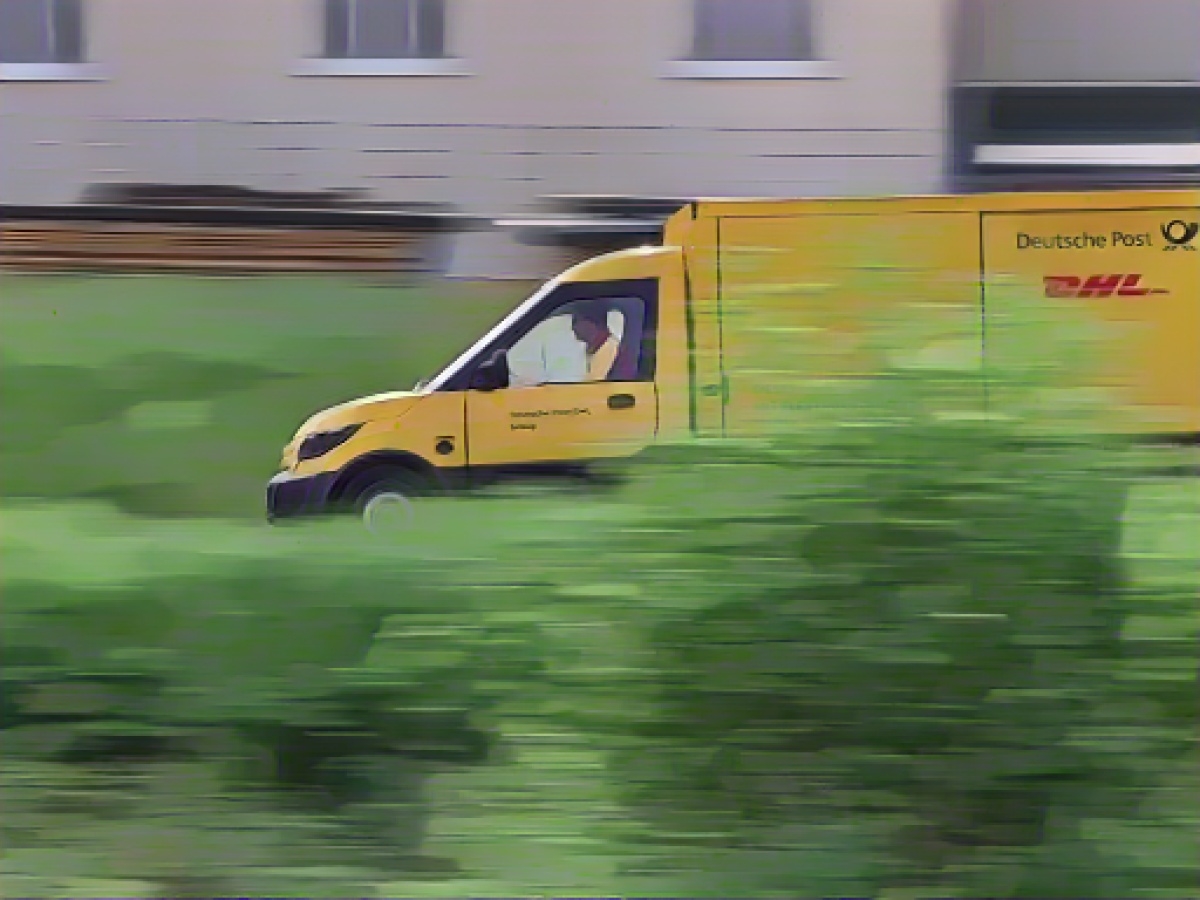Parcel industry sends more electric vans onto the roads
Germany's parcel industry has further increased the number of its electric vans. According to its own figures, market leader DHL now has more than 25,000 electric vehicles in use on the so-called last mile - i.e. on the section of the route to the household or pick-up machine. This means that around 41 percent of DHL vans are electric - by far the highest figure in the industry. DHL has 5,000 more electric vehicles than one and a half years ago and 15,000 more than four years ago.
Its smaller competitor GLS now reportedly has 650 electric vehicles on Germany's roads, more than three times as many as two years ago. The aim is to have 900 by the end of the year. DPD also wants to increase the proportion of electric vehicles, but the company did not provide a figure when asked. The proportion of electric vehicles in the overall fleet at DPD is in the single-digit percentage range. At GLS it is ten percent. Hermes only had 190 e-transporters at the start of 2021, but now has 720, according to the company.
To make delivery more climate-friendly, the industry is turning to e-cars. Environmentalists see the use of electric vehicles as positive. However, they are critical of the increasing parcel volumes and thus also the increased number of vans, as these are a symptom of a throwaway society. Greenpeace, for example, advocates more sustainable consumption, with fewer products being ordered.
In view of the growing role of online retail, the parcel industry is on course for growth. The Christmas period is now the busiest time of the year for companies.
The parcel industry is expanding its use of electric vehicles for transportation, with DHL leading the way by incorporating over 25,000 electric vans for postal services on the last mile. To meet its goals, GLS plans to add 300 more electric vehicles to its fleet by the end of the year.
Source: www.dpa.com








